High-Stability Laser Engines
A high-stability laser engine is an integrated core functional unit consisting of a light source module, temperature control system, drive circuit, and optical calibration component. It achieves long-term stability of laser output parameters through multi-dimensional coordinated control. Compared with ordinary lasers, its core difference lies in the adoption of an active intervention mechanism to offset environmental interference, ensuring precise control of wavelength, power, and beam quality during long-term operation.
VLFL-LS High-Stability Laser Engine
High-performance General-purpose Laser Light Source Solution
- Ultra-high stability laser output
- Broad spectral coverage and customization capability
- Flexible modulation and integration characteristics
- Industrial-grade reliability assurance
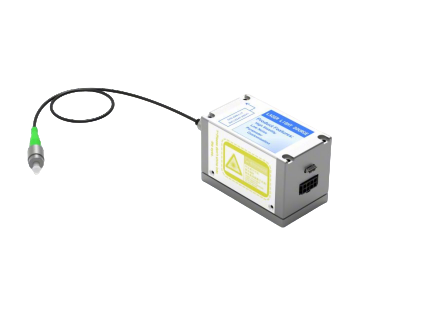
VLFL-LS High-Stability Laser Engine
Within the same series, it is the only one that covers the 405nm deep ultraviolet band with a maximum output power of 80mW, providing a strong excitation light source for deep ultraviolet scenarios and meeting high energy requirements;
The optical fiber core diameter is the smallest at 3μm, and when combined with the TEM00 spatial mode, the spot focusing accuracy is high, making it suitable for trace sample detection.
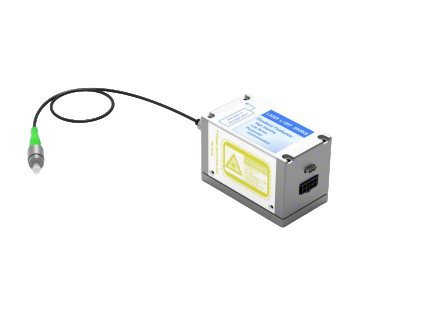
VLFL-LS High-Stability Laser Engine
The 450nm blue light band has strong adaptability, and the 25mW power balances "excitation intensity" and "low light damage", making it suitable for biological samples sensitive to blue light.
The optical fiber core diameter is 3.5μm, which takes into account both spot precision and light intake, and is compatible with most general-purpose optical fiber probes.

VLFL-LS High-Stability Laser Engine
The 488nm visible light band is the "golden wavelength" for biological fluorescence detection. A power of 25mW meets the excitation requirements of most fluorescent dyes (such as FITC), resulting in a high signal-to-noise ratio.
Low noise (RMS < 0.2%) ensures stable fluorescence signals, avoids noise interference with detection results, and is suitable for biomedical detection.

VLFL-LS High-Stability Laser Engine
The power of the 505nm blue-green light band has been increased to 35mW, balancing "excitation intensity" and "sample protection", making it suitable for biological samples that require stronger signals but cannot tolerate high power.
The fiber core diameter is 3.5μm, which is compatible with most general-purpose sampling accessories and has low integration difficulty.
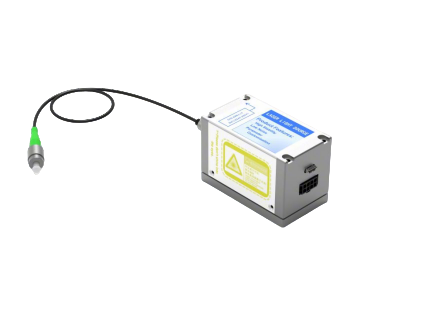
VLFL-LS High-Stability Laser Engine
The power of the 520nm green light band reaches 40mW, providing high-power support for green light excitation scenarios, and is suitable for samples with weak signals (such as low-concentration fluorescent markers).
The beam quality is ≤1.2, with good spot uniformity, which is suitable for the high-resolution imaging requirements of confocal microscopes.

VLFL-LS High-Stability Laser Engine
The maximum output power of the 638nm red light band is 100mW, which is the highest power model in the entire series, suitable for scenarios requiring strong energy input (such as strong excitation in Raman spectroscopy).
The fiber core diameter is 4μm, which allows more light input than the 3.5μm core diameter. Combined with high power, the signal output is stronger.
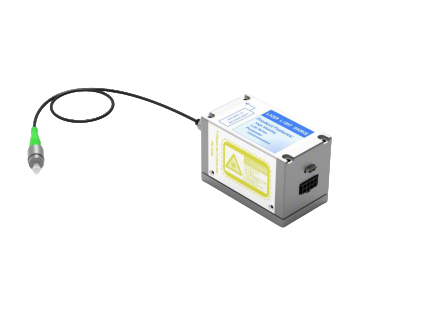
VLFL-LS High-Stability Laser Engine
The power of the 660nm red light band is 40mW, balancing "energy demand" and "low damage", making it suitable for biological tissue imaging (red light has strong penetrability and causes little damage to tissues).
The noise (RMS < 0.2%) ensures stable imaging signals, avoids noise interference in observing tissue details, and focuses more on biological imaging.
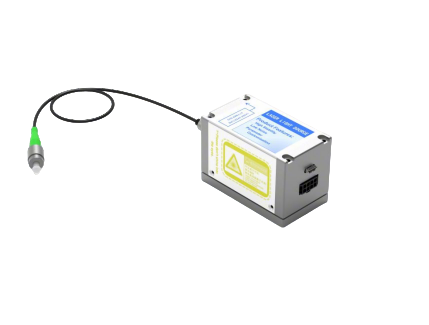
VLFL-LS High-Stability Laser Engine
The power of the 685nm red light band is 20mW, which is the lowest red light power in the series, suitable for light-sensitive biological samples (such as photosensitive cells, embryos).
The fiber core diameter is 4μm. Combined with low power, the light spot energy density is low, reducing the phototoxicity of samples.
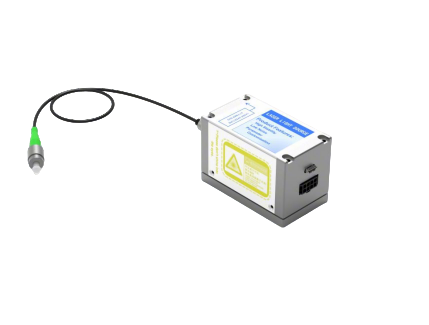
VLFL-LS High-Stability Laser Engine
The 785nm near-infrared band has a power of 75mW, which is the "golden excitation wavelength" for Raman spectroscopy and can effectively suppress fluorescence interference (the fluorescence background excited by near-infrared light is low). The fiber core diameter is 5μm, and the light intake is larger than that of the 4μm model. Combined with high power, the Raman signal intensity is high.
Applications: Spectral analysis: Raman spectroscopy (near-infrared excitation suppresses fluorescence, suitable for the detection of organic substances and material components); Biomedical: near-infrared biological tissue imaging (strong penetration, minimal damage to tissues).

VLFL-LS High-Stability Laser Engine
808nm near-infrared, 40mW low power, suitable for heat-sensitive samples; noise peak-to-peak value < 0.5%, stabilizing thermal imaging signals.
Application adaptation: It focuses more on thermal imaging and low-damage imaging, and is more suitable for close-range sample detection than high-power near-infrared models.
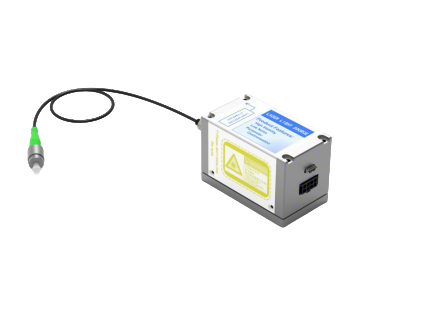
VLFL-LS High-Stability Laser Engine
The power of the 830nm near-infrared band is 70mW, which balances "signal intensity" and "thermal effect" and is suitable for imaging biological tissues of medium depth (such as subcutaneous tissues).
The beam asymmetry is ≤1:1.2, and the light spot is uniform, which meets the needs of large-area tissue imaging.
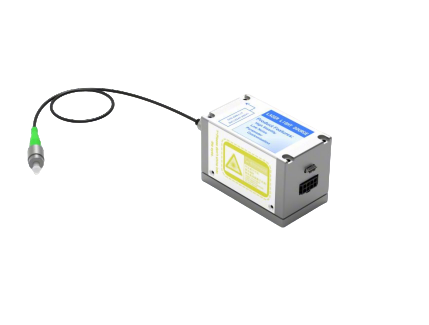
VLFL-LS High-Stability Laser Engine
With a power of 70mW in the 850nm near-infrared band, it is a common communication wavelength in the near-infrared range, featuring high compatibility and being suitable for most near-infrared detection equipment.
Its long-term power stability is ≤0.5%, making it applicable for long-term online detection (e.g., continuous monitoring of industrial materials).

VLFL-LS High-Stability Laser Engine
Low noise (RMS < 0.2%) ensures the accuracy of deep signals and prevents noise from masking weak signals.
The 905nm near-infrared band has a power of 70mW, with a penetration depth better than that of 850nm, making it suitable for the detection of deep biological tissues or thick materials.
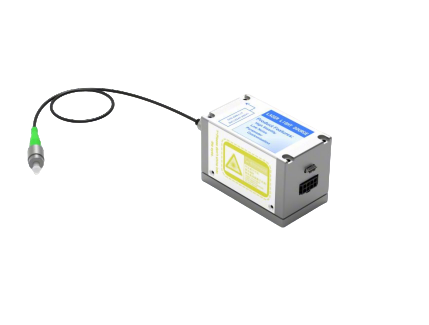
VLFL-LS High-Stability Laser Engine
The power of the 940nm near-infrared band is 70mW, with low photon energy (lower than that of 905nm), causing minimal damage to biological tissues, making it suitable for long-term in vivo monitoring.
The fiber core diameter is 5μm, ensuring stable light intake. Combined with low photon energy, it is suitable for the detection of sensitive materials.
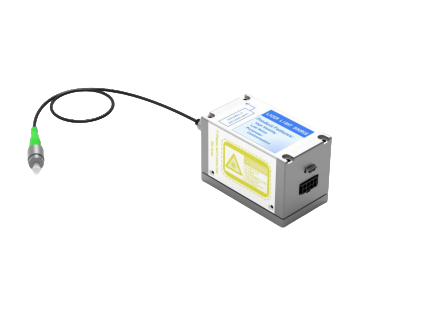
VLFL-LS High-Stability Laser Engine
The fiber core diameter of 6.5μm is the largest in the entire series, allowing the maximum amount of light input, which compensates for signal attenuation caused by long wavelengths.
The 980nm near-infrared band is the longest wavelength in the series, with the lowest photon energy. It causes no damage to biological tissues and sensitive materials, making it suitable for extremely sensitive scenarios.

